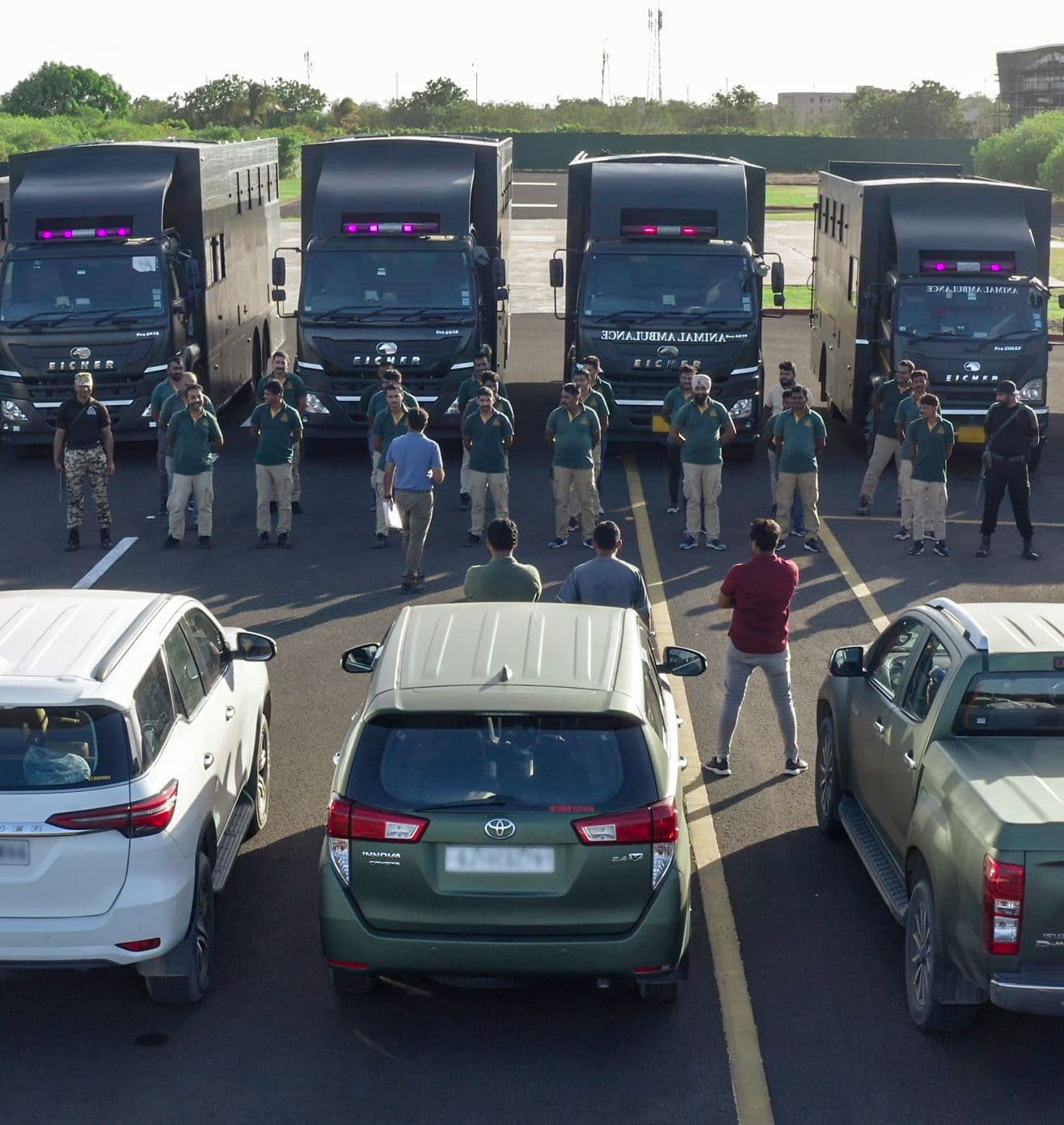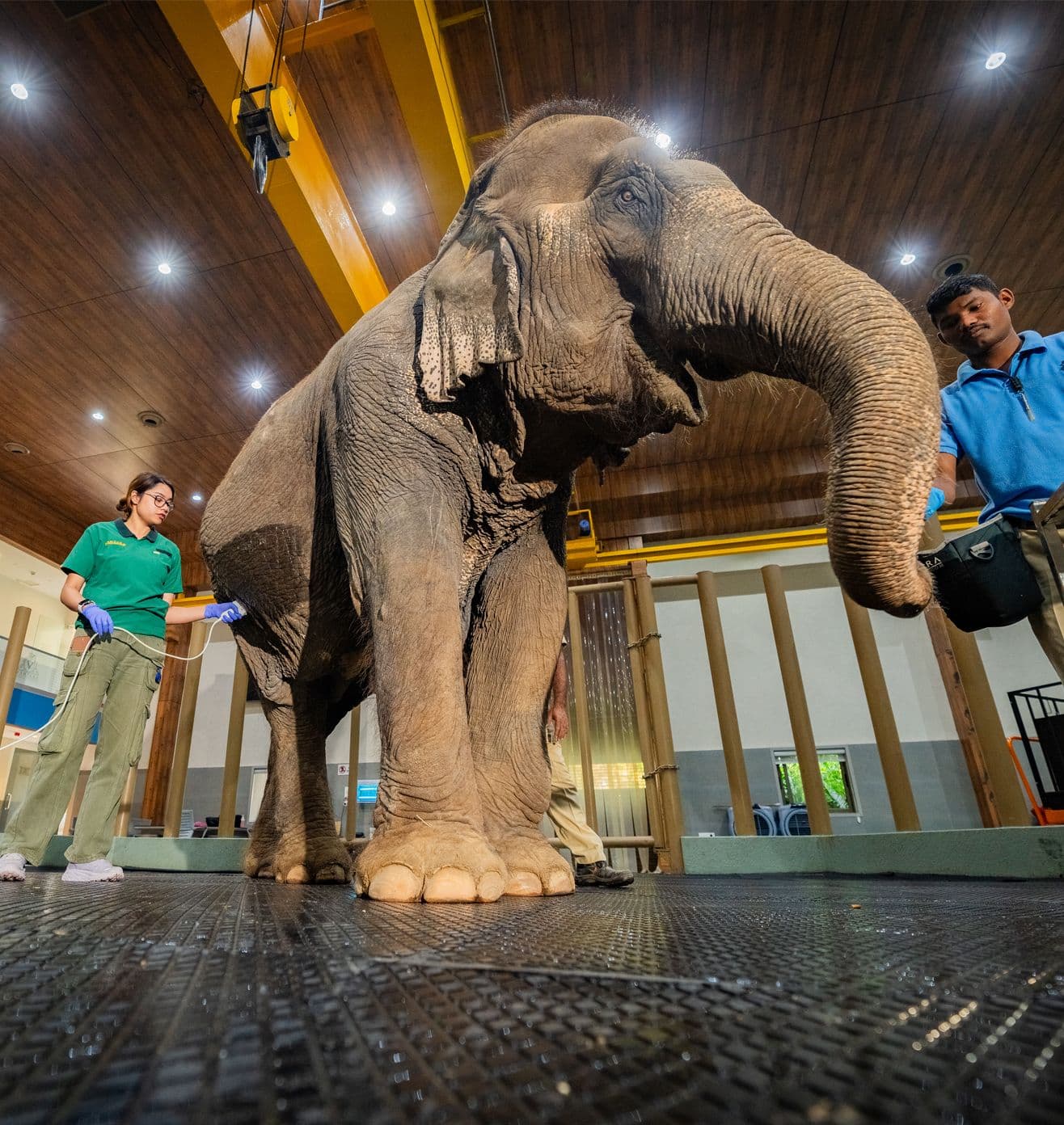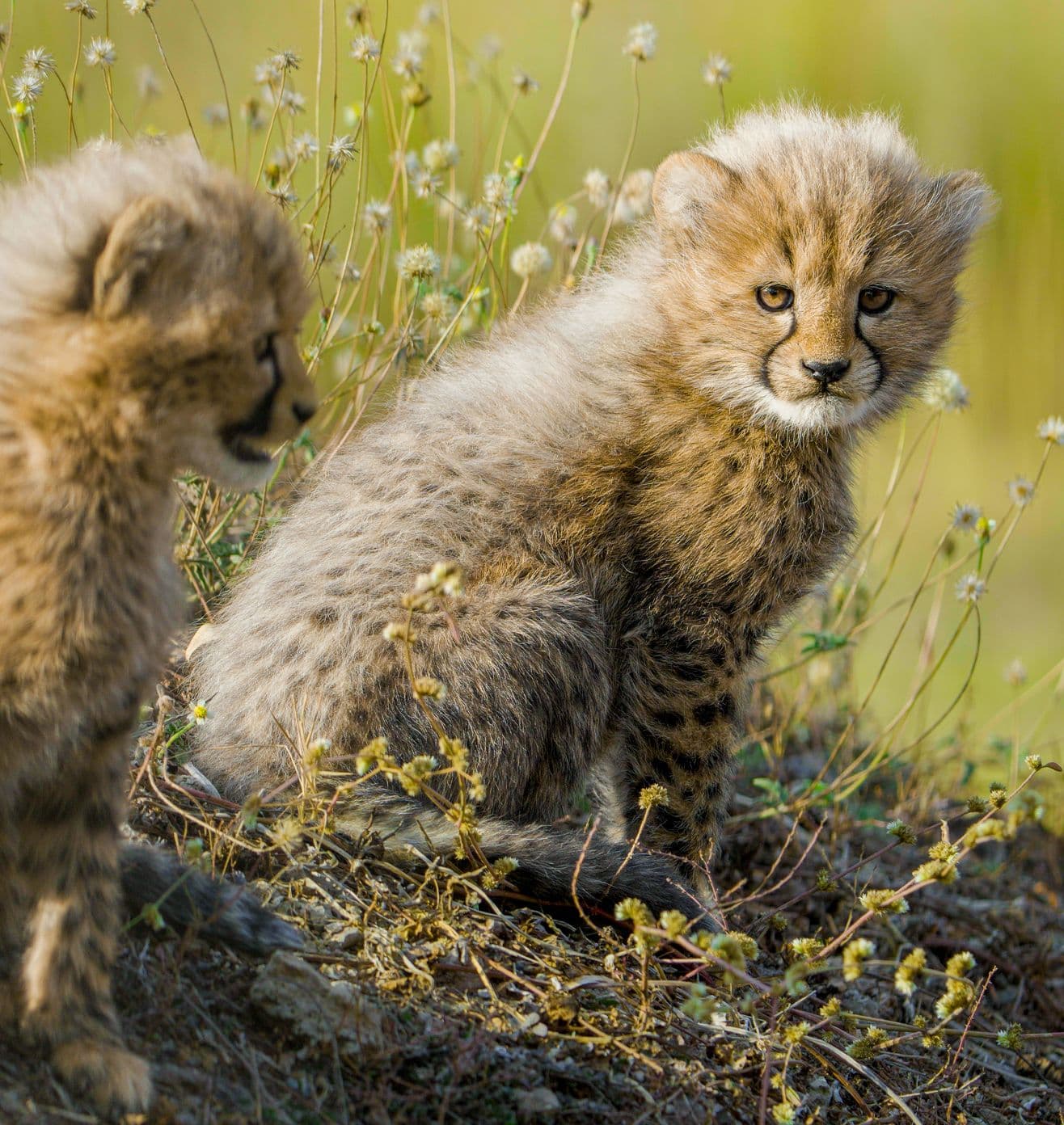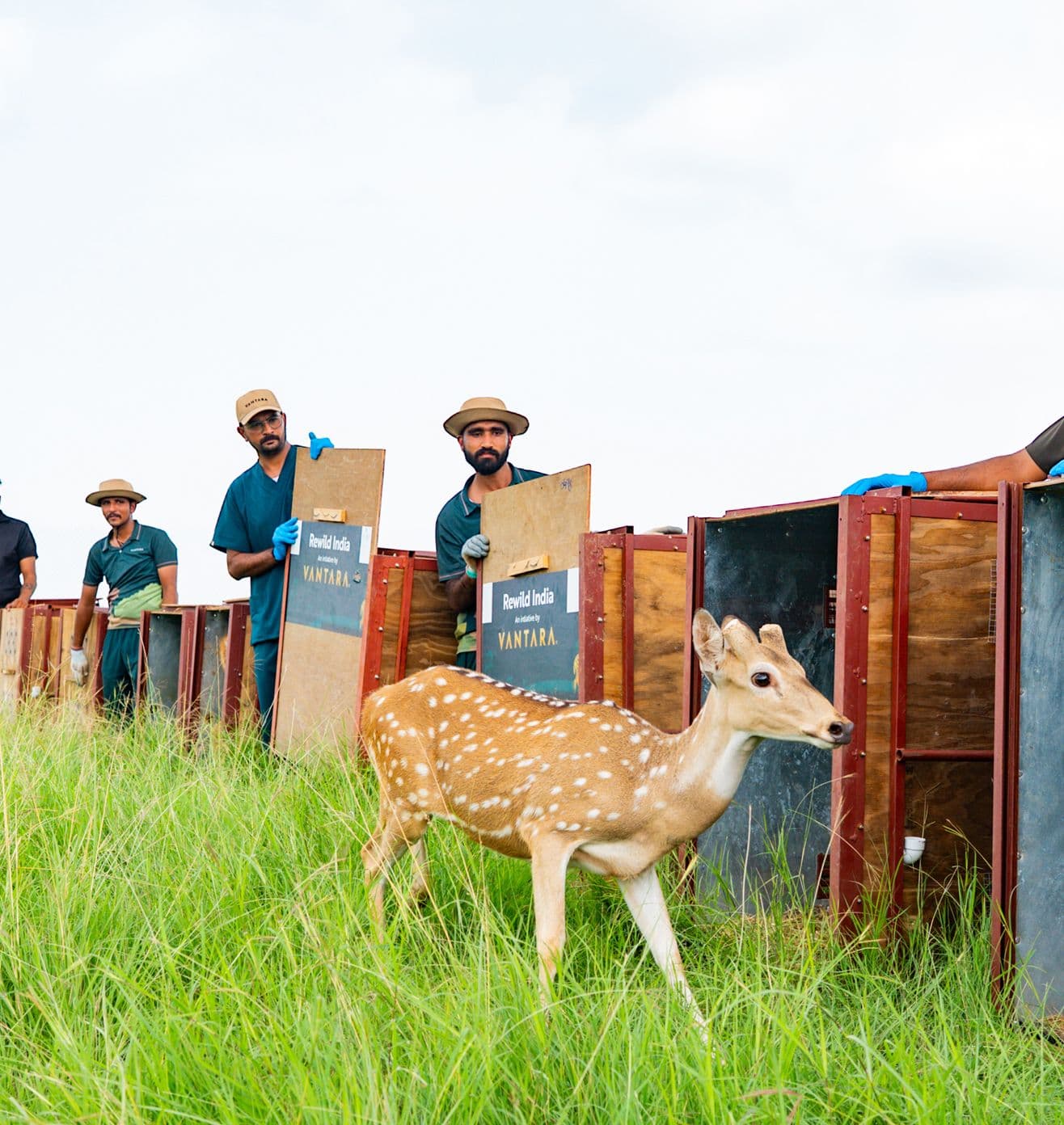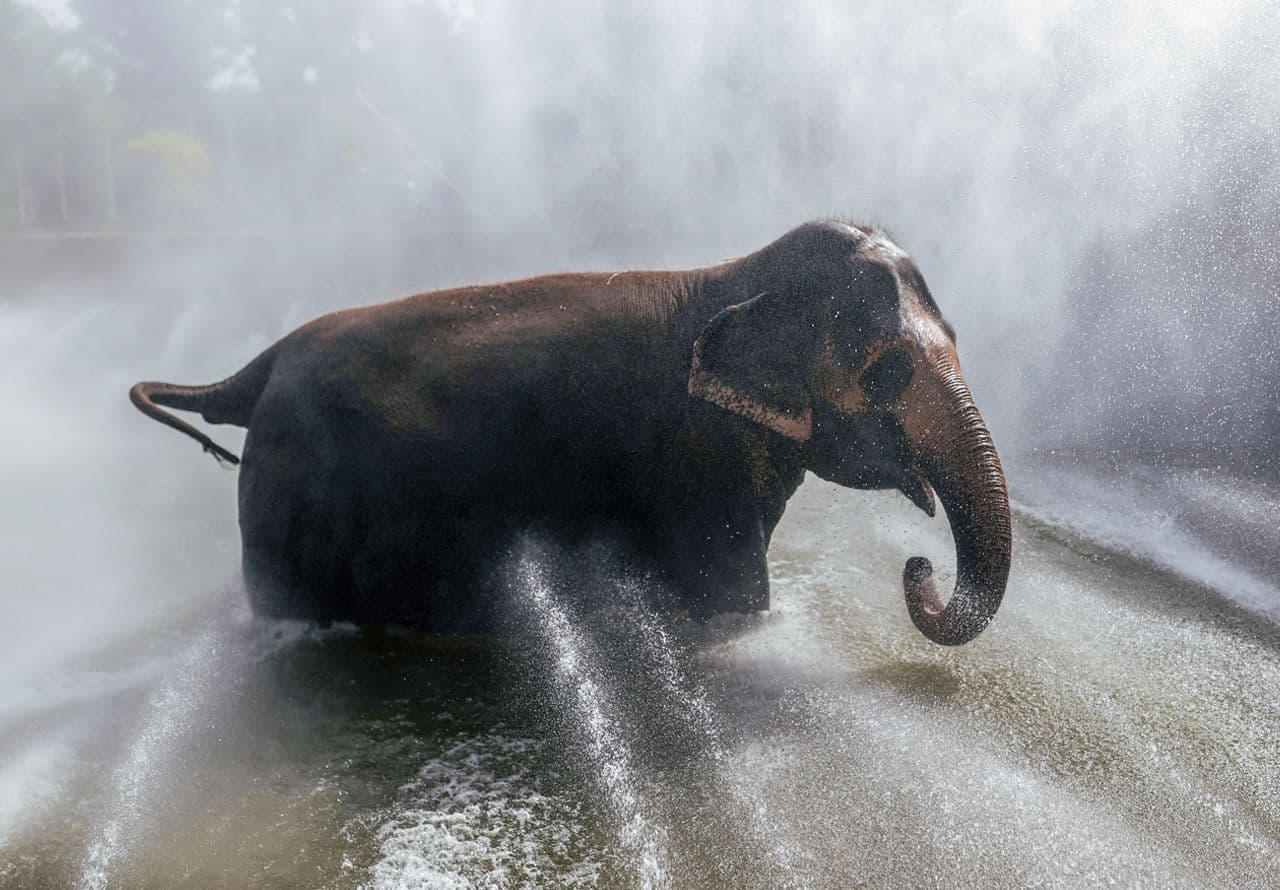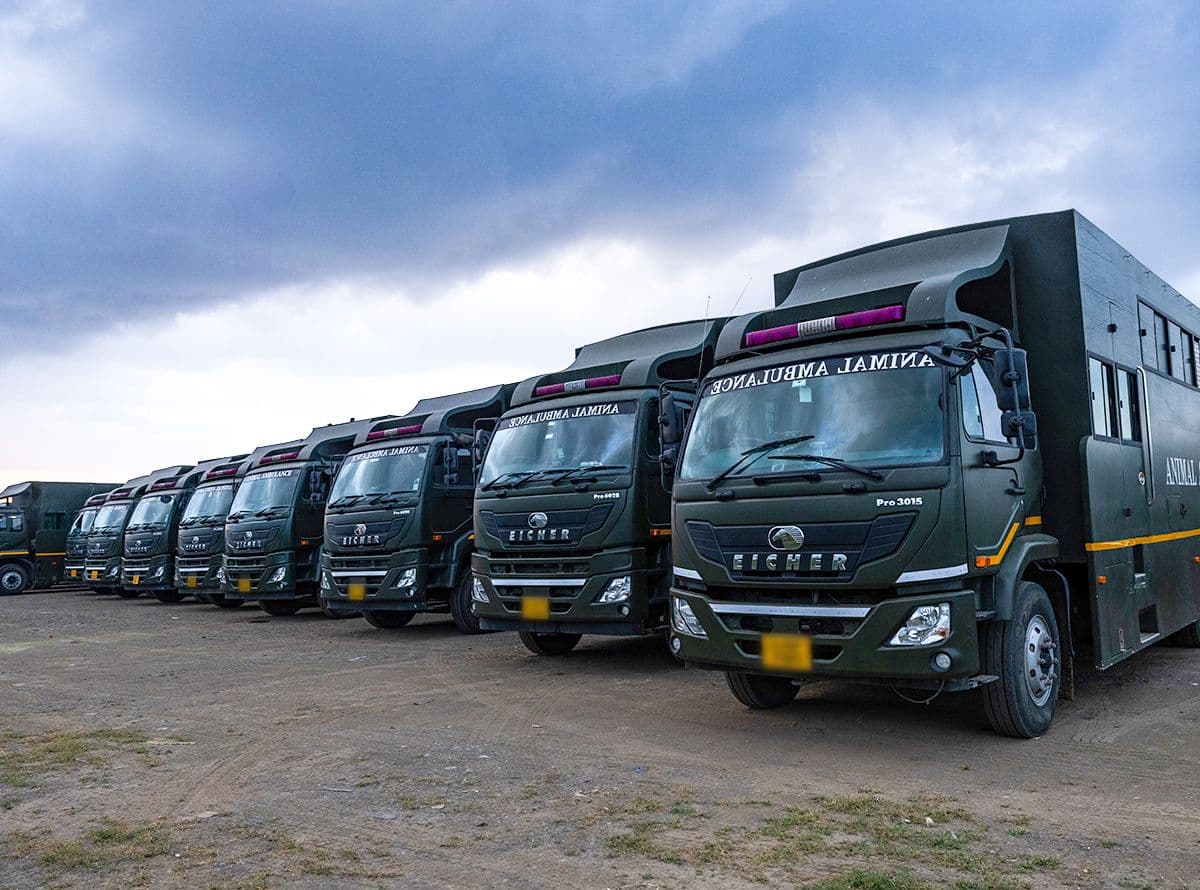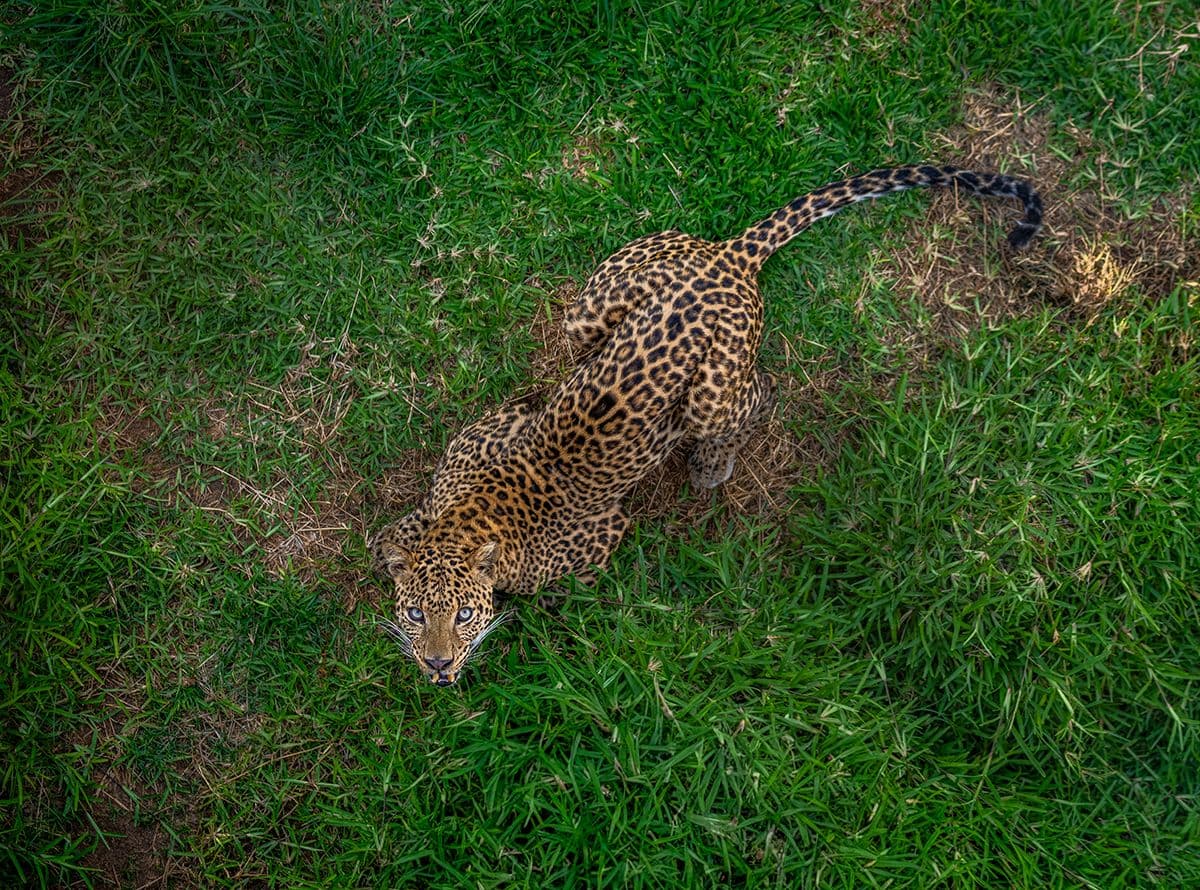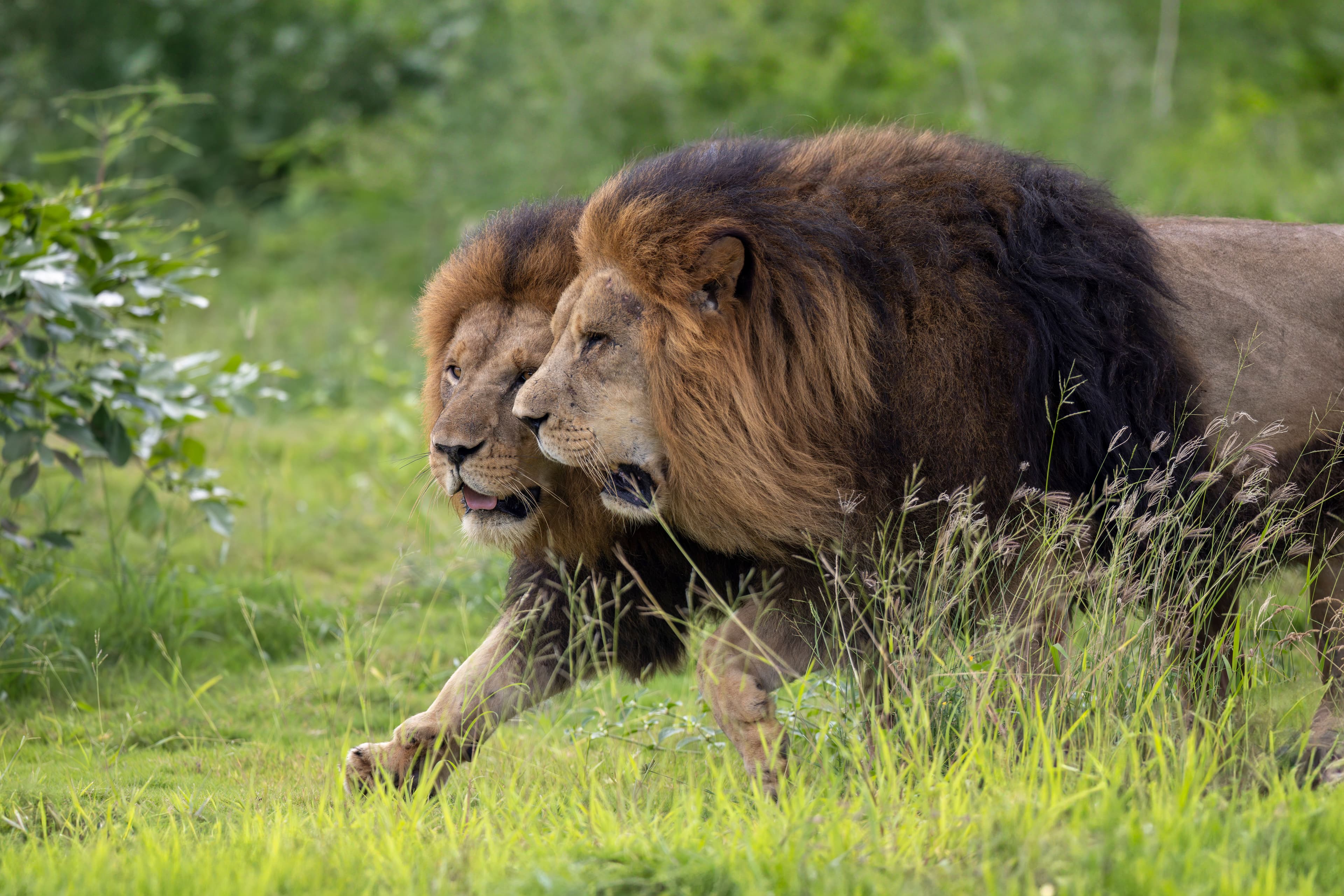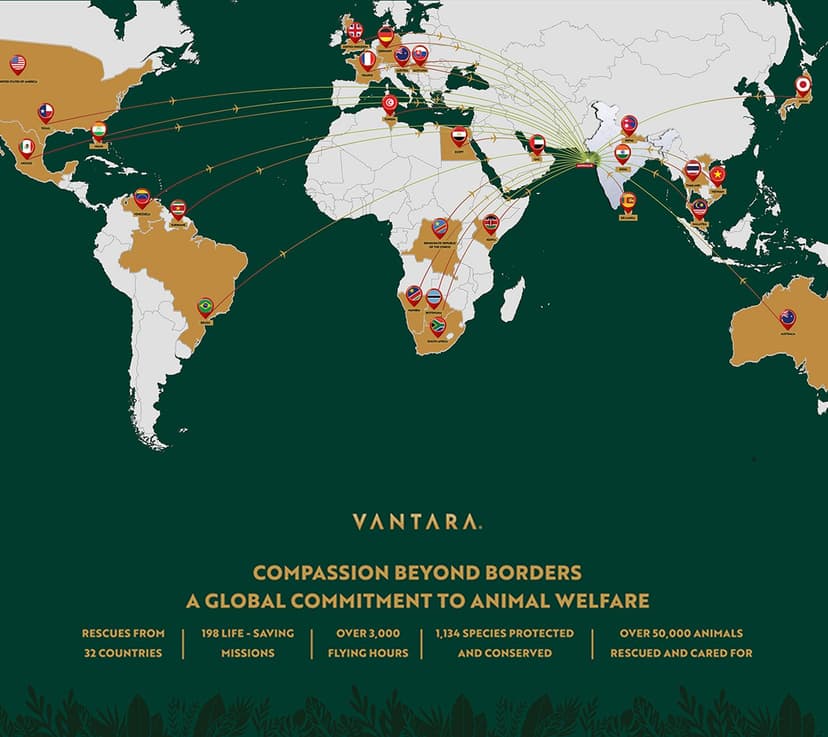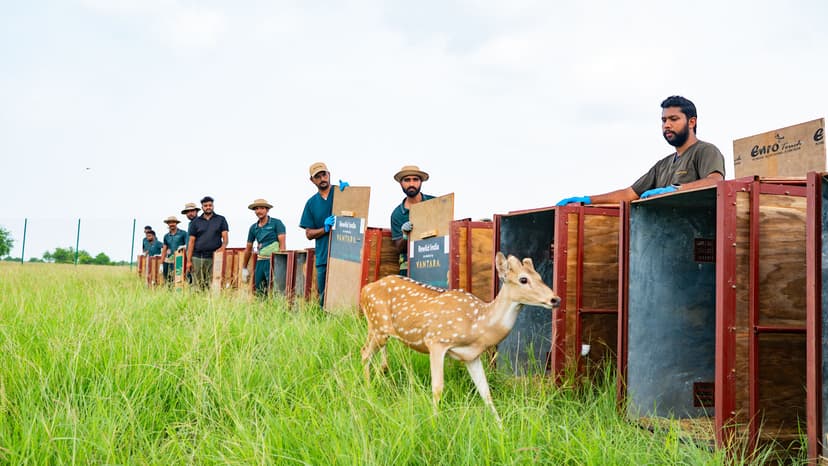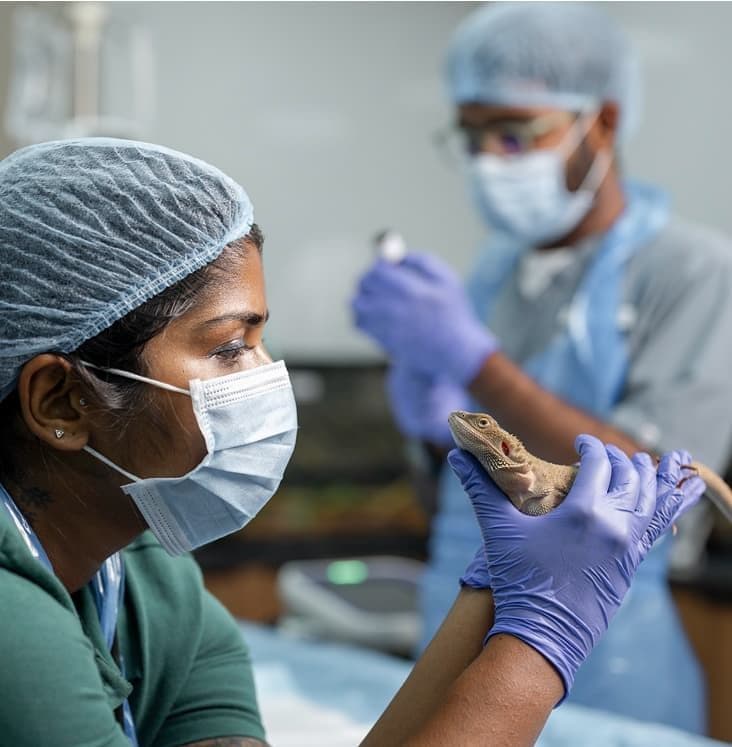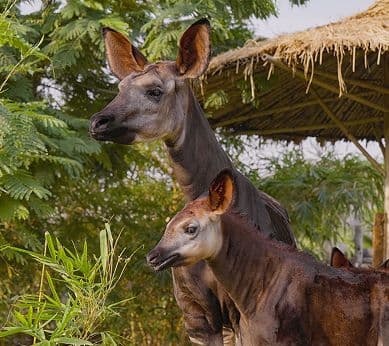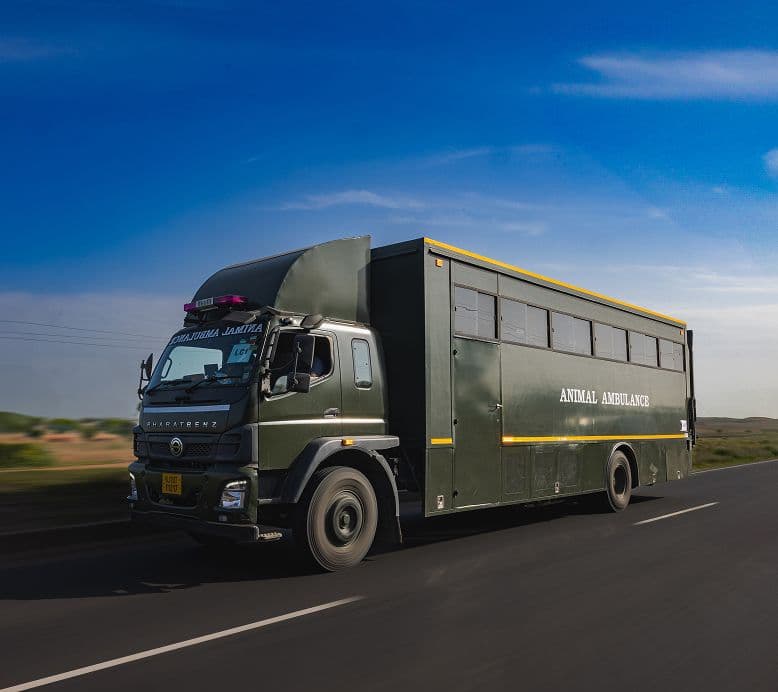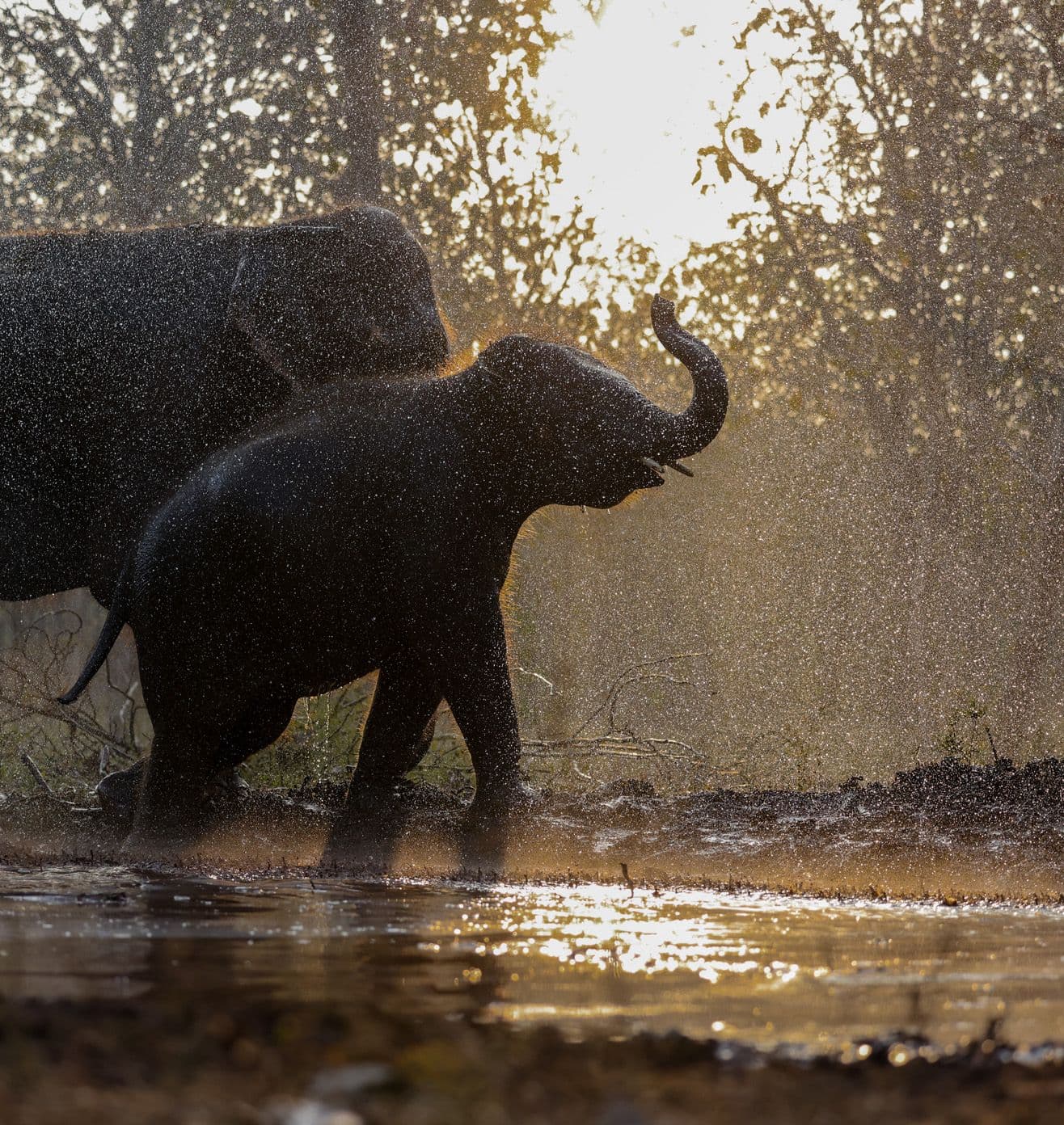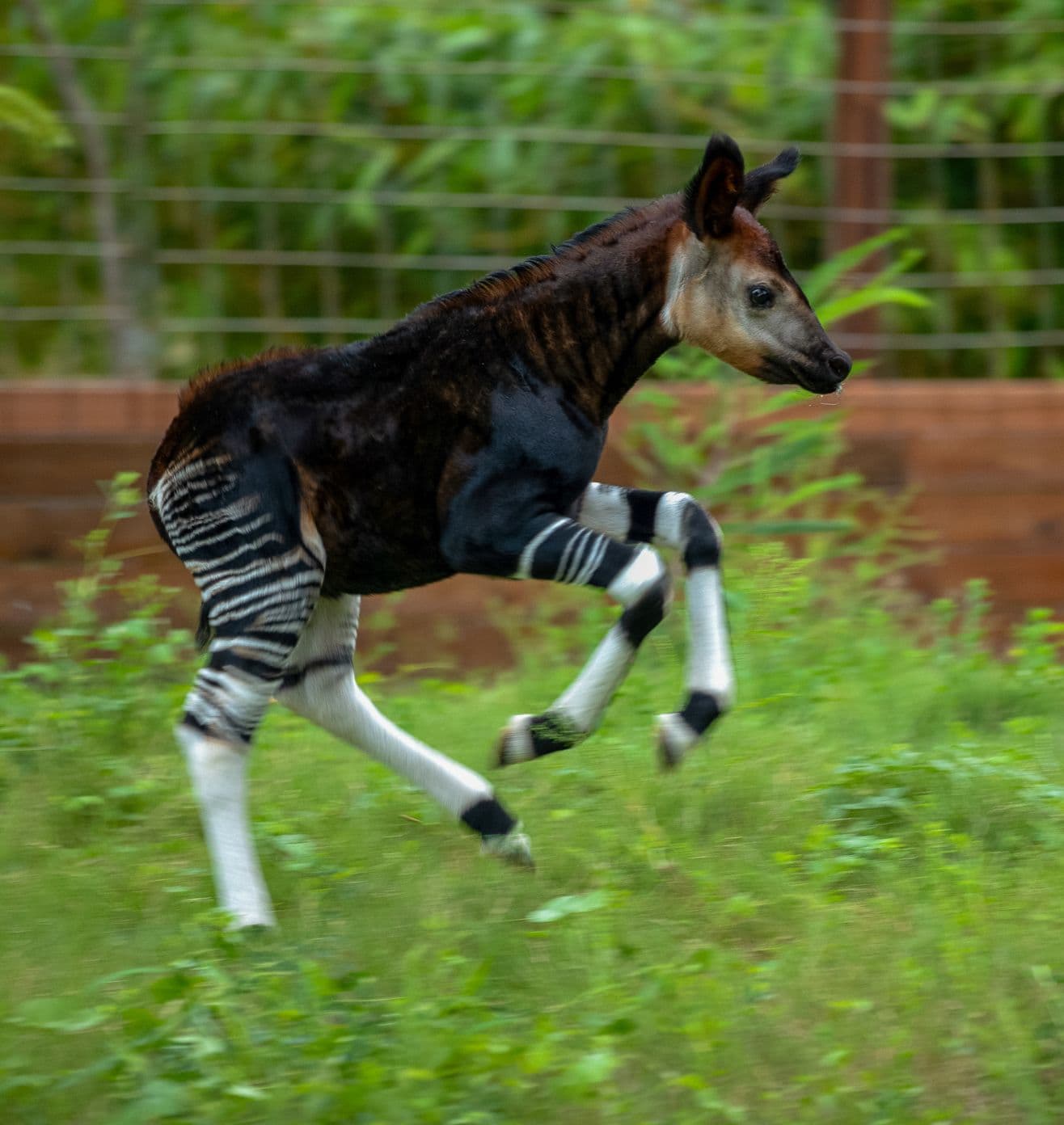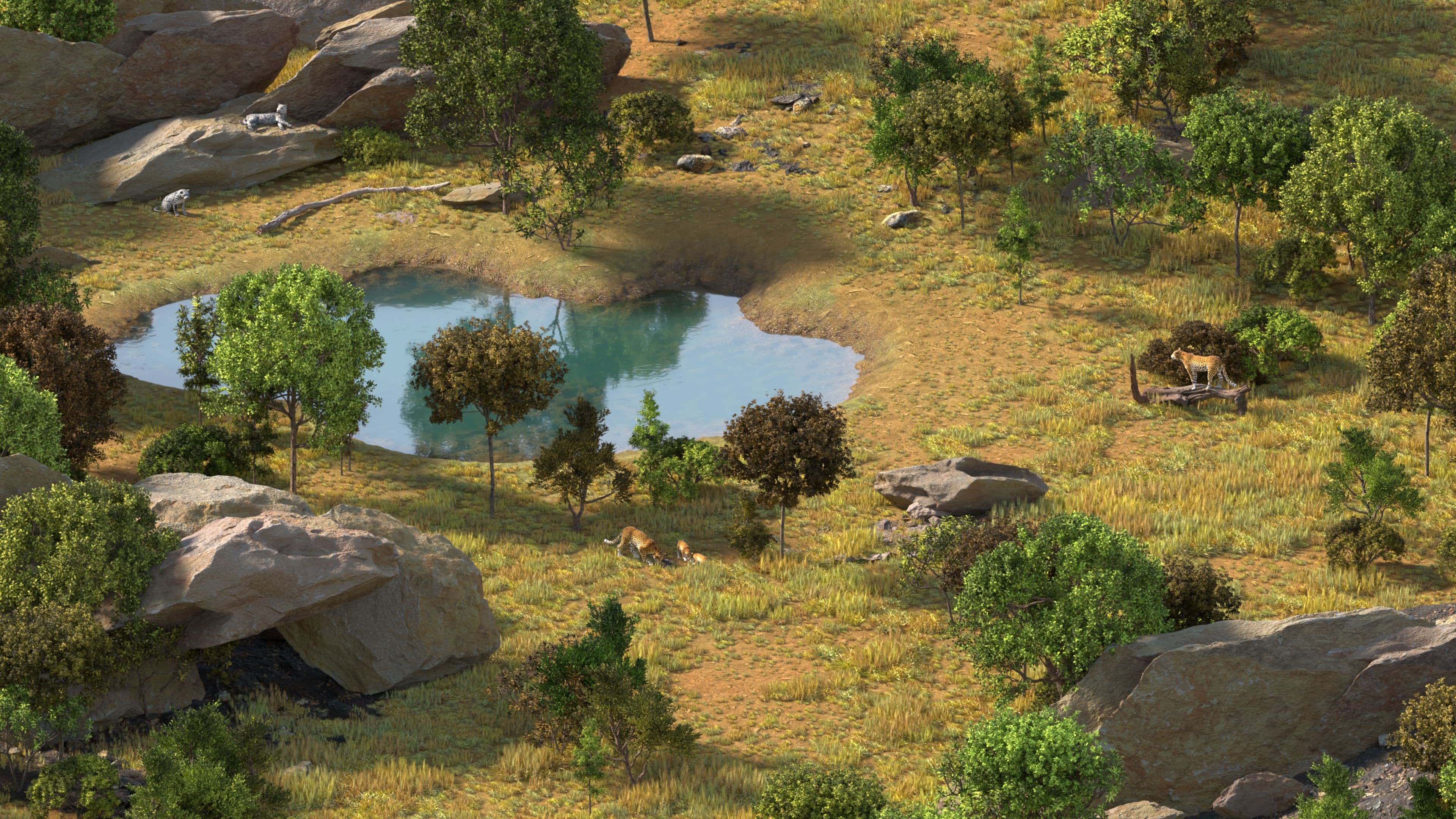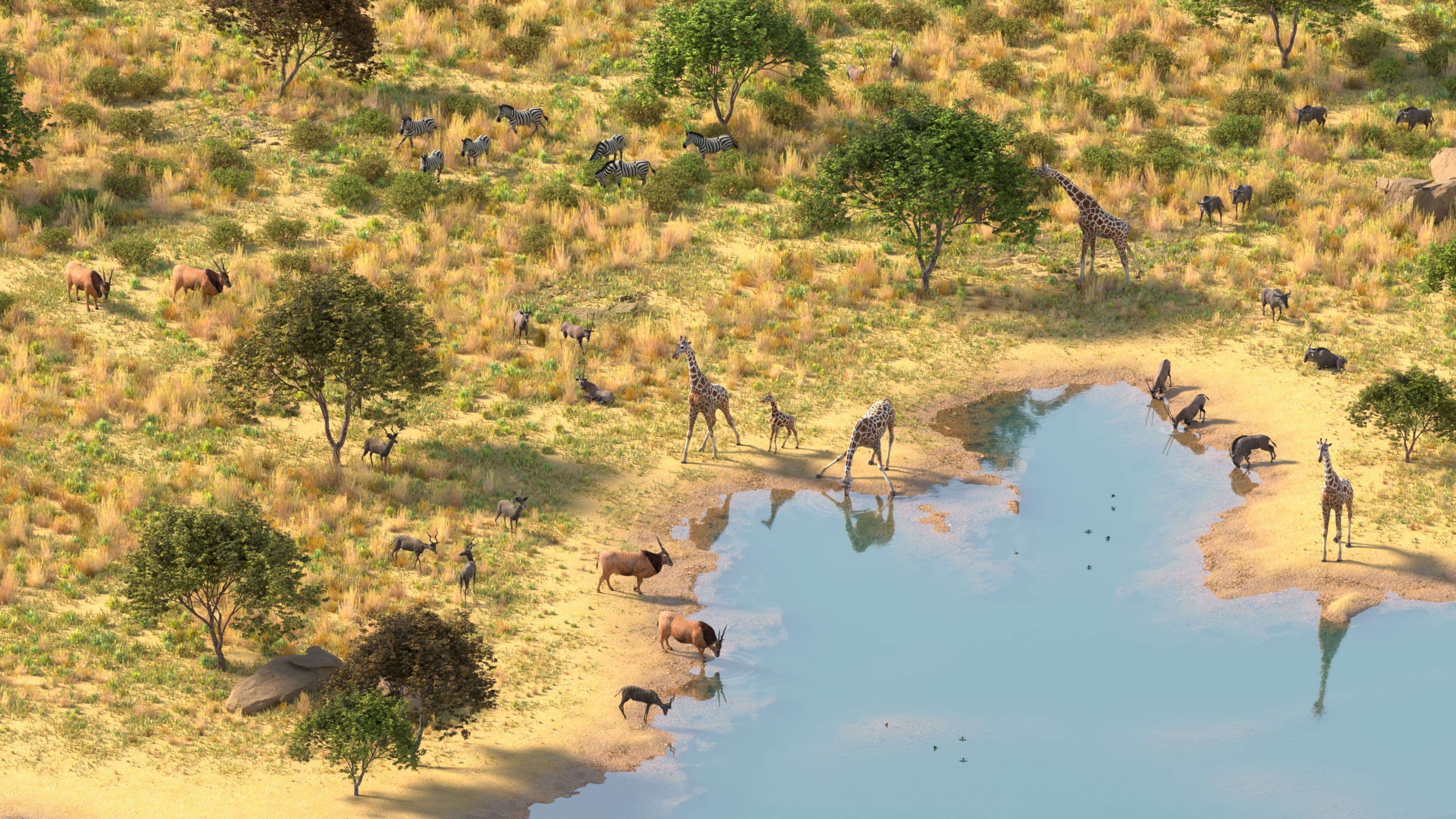
Where Every Life Matters
Where Healing Begins
Amid the tranquil landscapes of Jamnagar, India, Vantara shelters over 150,000 animals representing 2,000+ species. Each one arrives with a story of struggle and survival. Through compassionate rescue, expert care, and nurturing support, we help them rediscover trust, safety, and the freedom they deserve.
Where Giants Heal and Roam Free
Across 998 acres of protected land, the Radhe Krishna Temple Elephant Welfare Trust at Vantara shelters more than 260 elephants rescued from lives of hardship, from logging camps, city streets, and circuses. Here, they rediscover freedom, friendship, and the joy of living in an environment that mirrors the wild, cared for with compassion and respect.
1/4
Wild Animals Rescue Centre
The Greens Zoological, Rescue and Rehabilitation Centre (GZRRC) is a recognized zoological establishment dedicated to animal welfare and biodiversity conservation. Established in 2019 with the approval of the Central Zoo Authority (CZA), India, under the Wildlife (Protection) Act, 1972, GZRRC provides naturalistic enclosures and welfare-driven management programs tailored to the needs of rescued, injured, and orphaned animals. It operates Asia’s largest multi-specialty wildlife hospital equipped with advanced diagnostic and treatment facilities, and extends its mission beyond rescue and rehabilitation to scientific breeding, rewilding of endangered and extinct-in-the-wild species, and fostering public awareness on wildlife conservation and ecological sustainability.
1/4
Journey of Growth
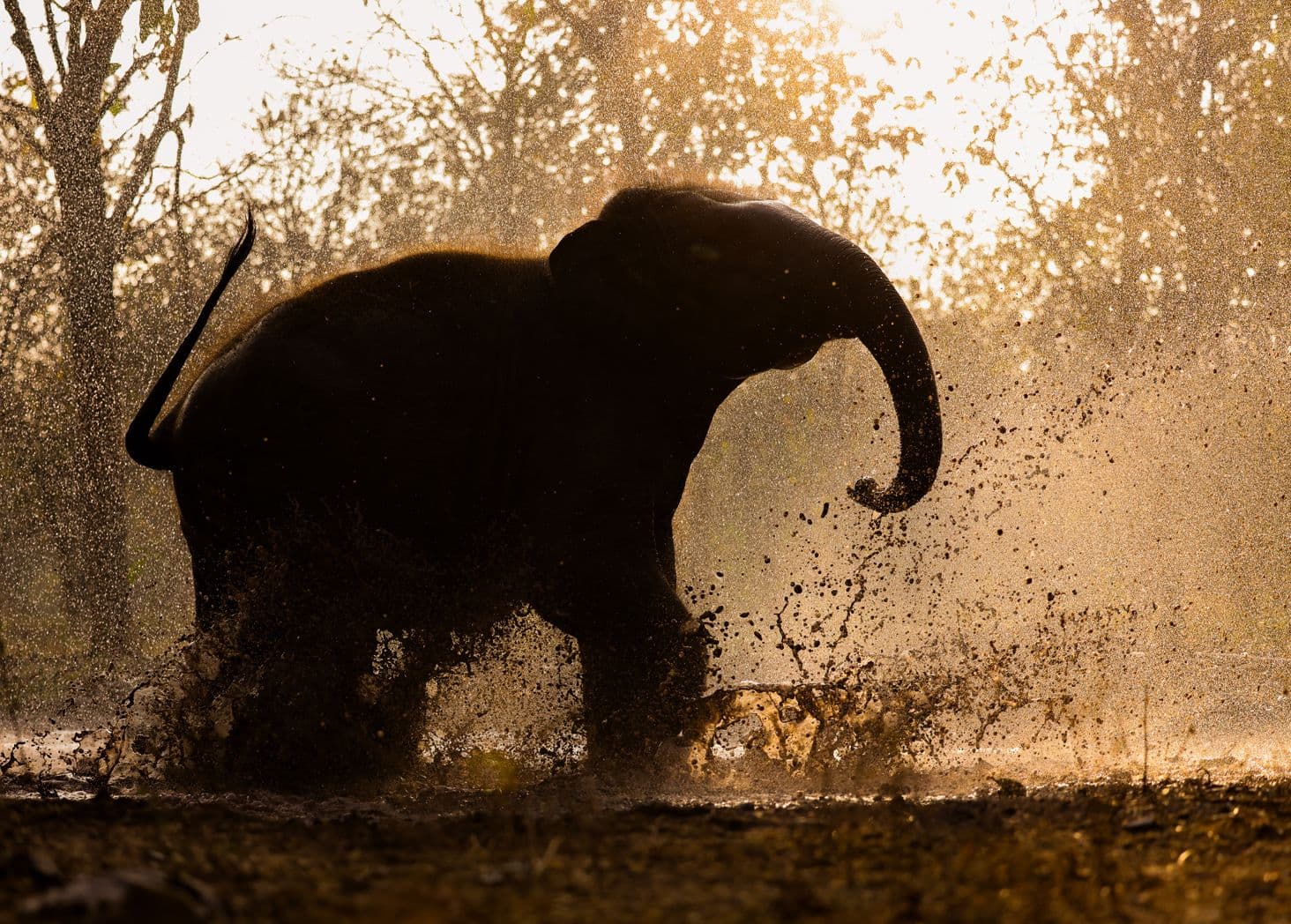



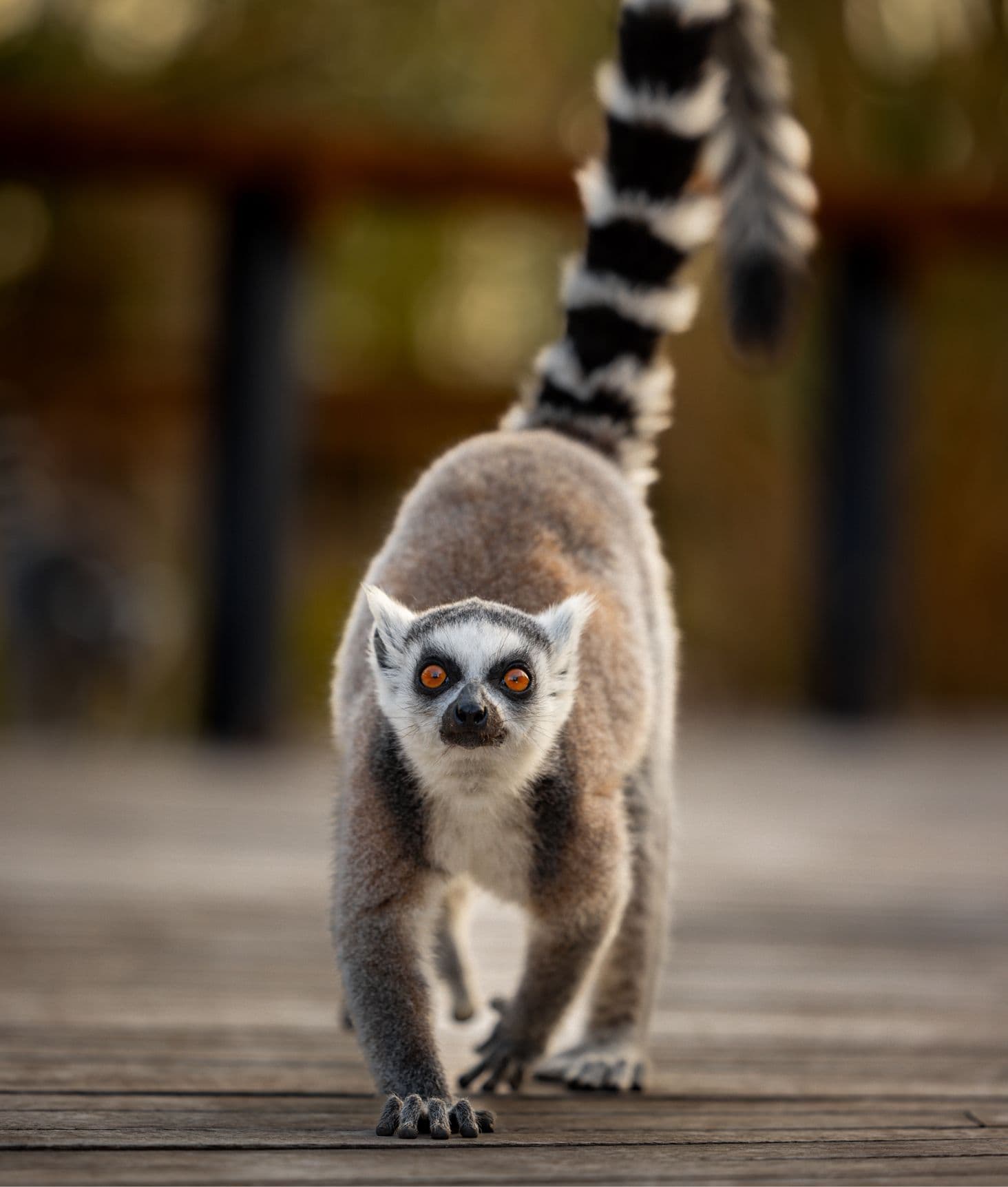
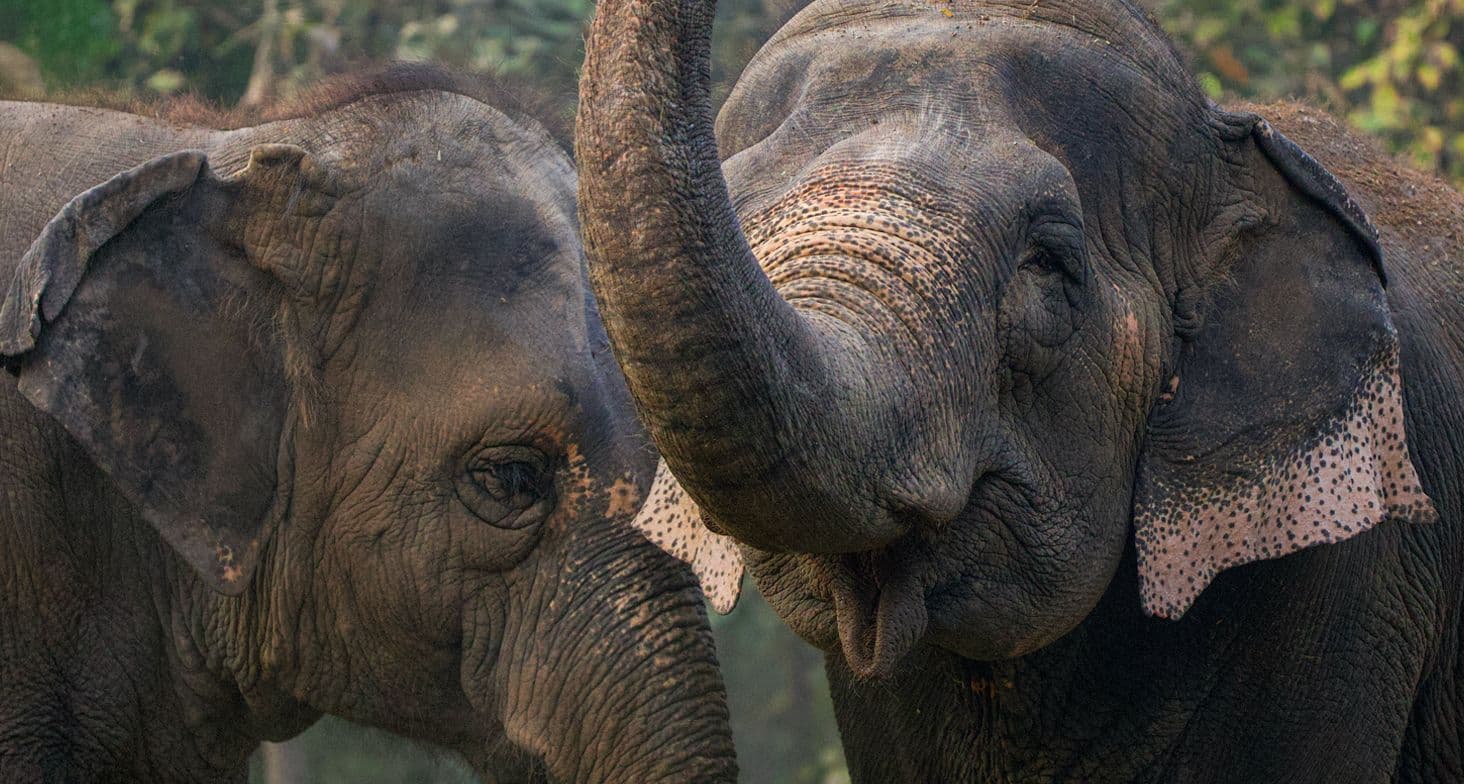
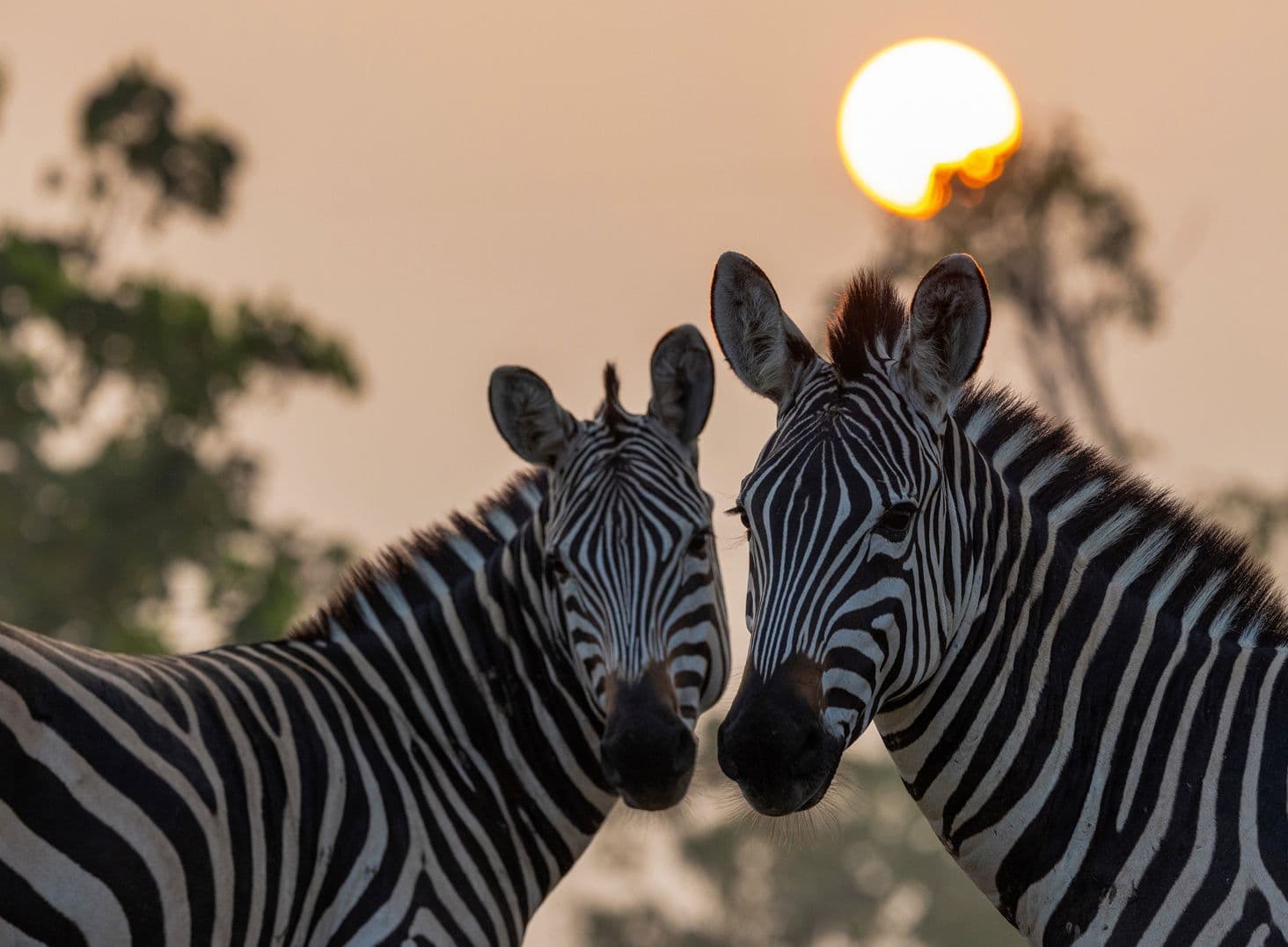
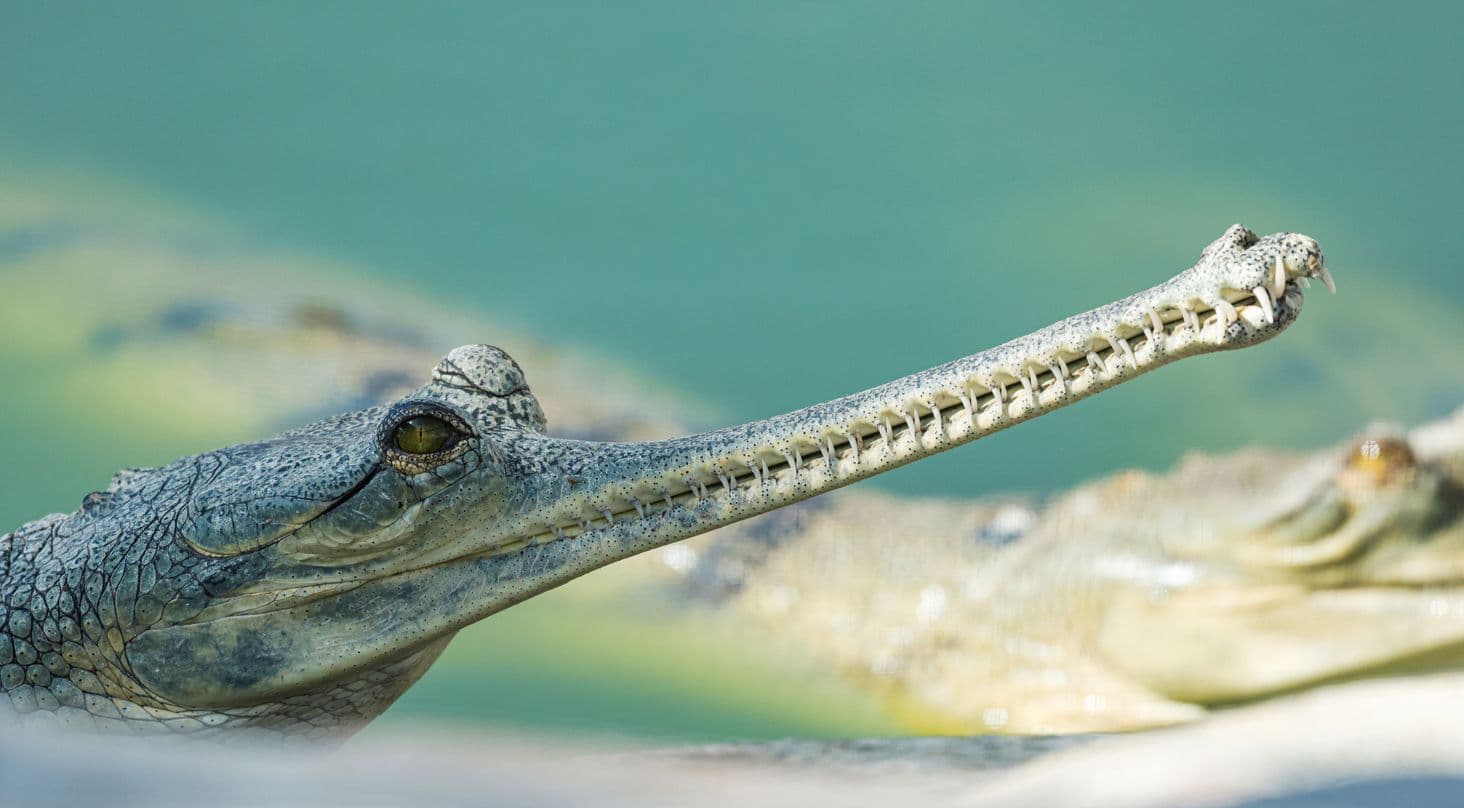
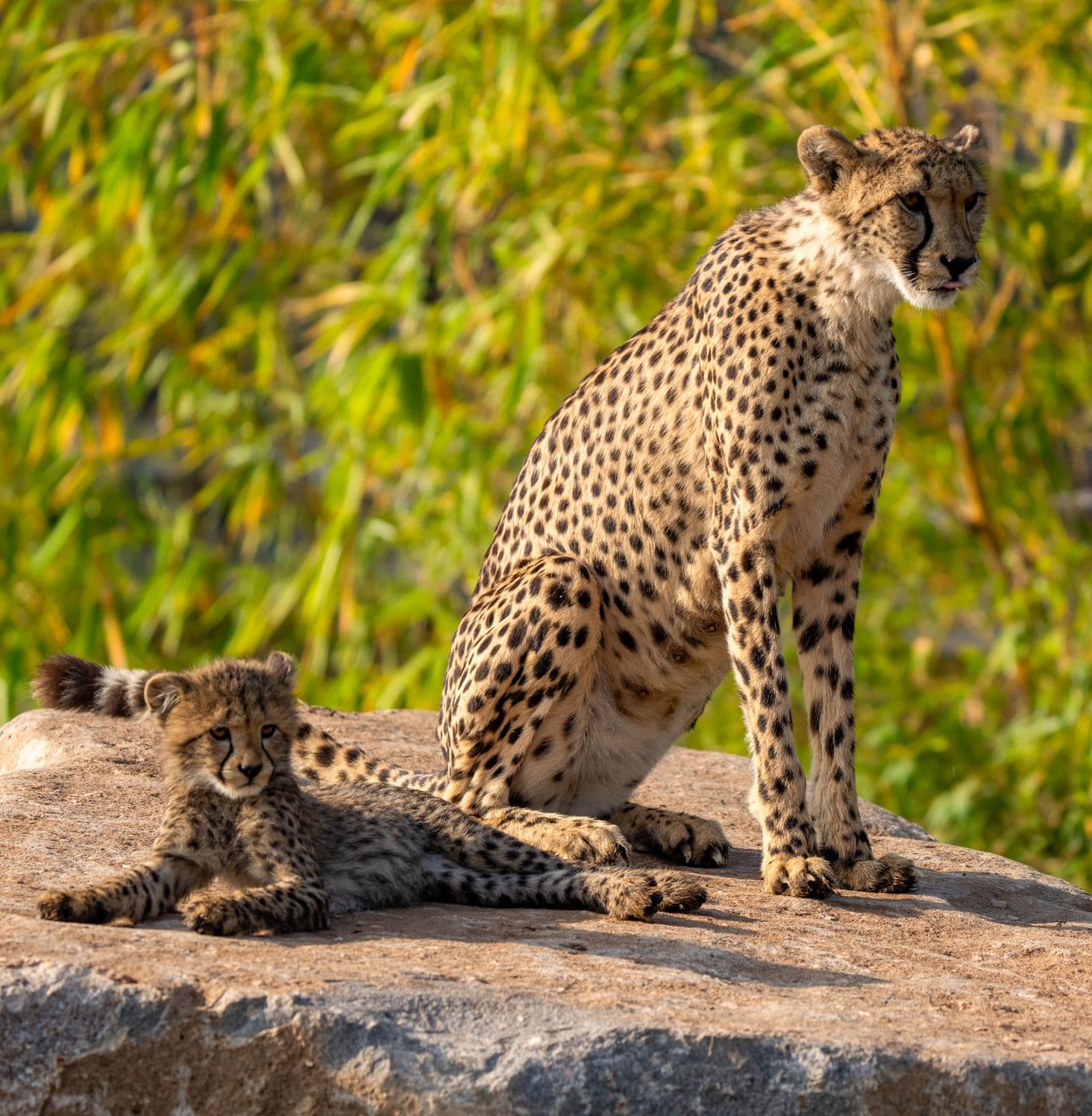

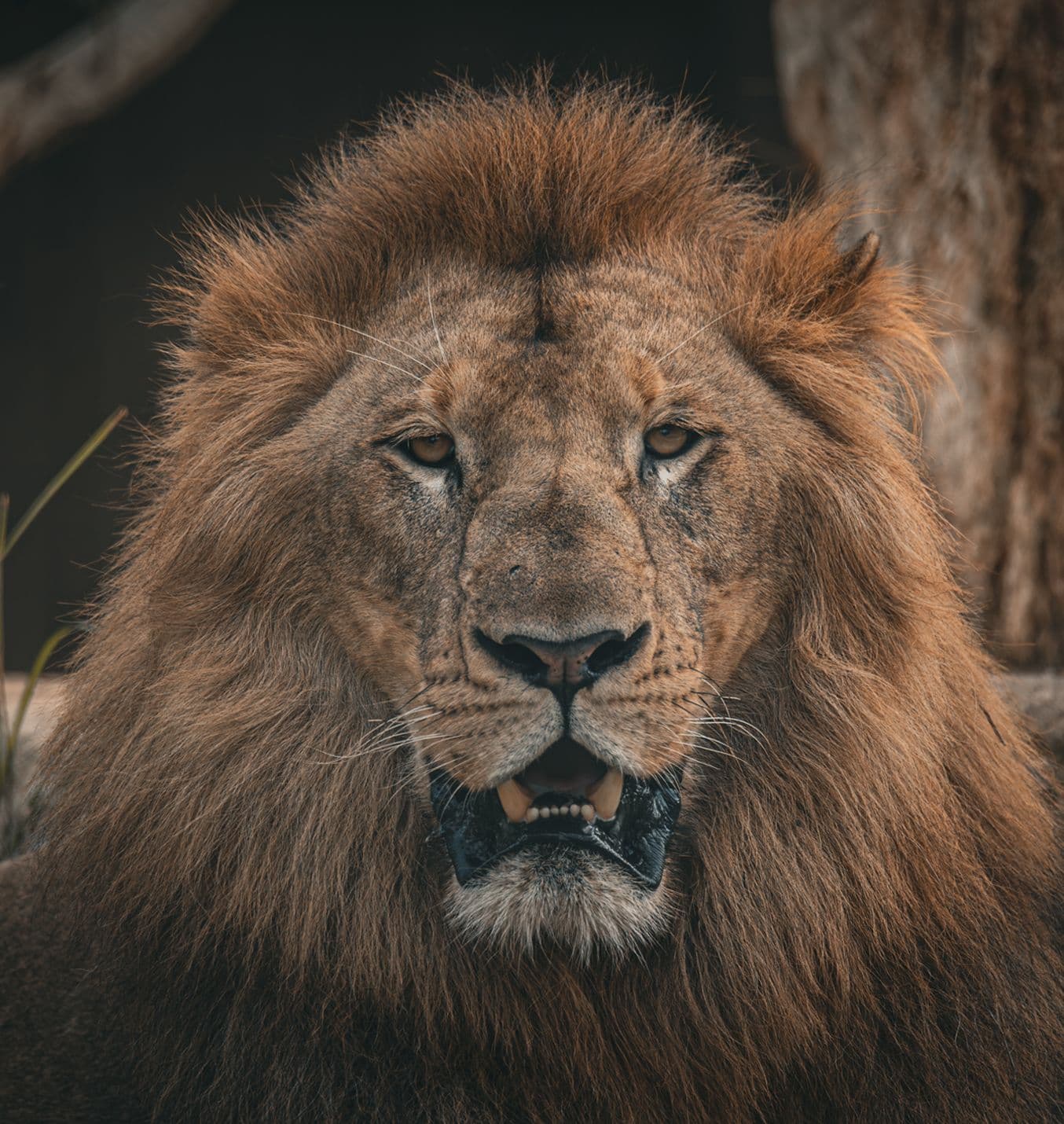
Resource Hub
General Articles
Bridging the Welfare Gaps for Biodiversity
The rising leopard-human conflict poses a significant impediment to biodiversity conservation in the Indian subcontinent due to shifting public opinion.

Research Papers
Effects of enclosure complexity and visitor presence on the welfare of Asiatic lions.
In recent years, there has been much research into the individual effects of enclosure complexity and visitor presence on captive animal welfare. However, the inter-linkages between enclosure complexity and visitor presence and their combined influence on the welfare of large carnivores like Asiatic lions (Panthera leo persica) remains poorly understood. We compared the welfare status of 41 Asiatic lions housed in three types of enclosure, viz., off-display (N = 17), zoo-safari (N = 4), and on-display (N = 2) at Sakkarbaug zoological park. We scored enclosures based on their species-appropriateness of their design and levels of exposure to visitors. To measure the welfare impacts, we recorded the behaviour patterns of captive Asiatic lions between March 2015- January 2016, spanning 30 observation days per animal. We recorded both positive and negative welfare markers for study subjects, viz., behaviour diversity, spread of participation index, along with measures of stereotypy, and the activity budget of the study subjects. Zoo-safari and off-display enclosures were more featurerich and species-appropriate than the on-display enclosures. On-display enclosures had significantly higher levels of visitor presence as compared to zoo-safari enclosures, while the off-display enclosures had no visitors. Zoosafari and off-display enclosures accorded captive Asiatic lions sufficient withdrawal areas, which was unavailable at the on-display enclosures. Subjects housed at off-display and zoo-safari enclosures had similar behaviour patterns and welfare indices (species-typical behaviour diversity, enclosure usage patterns, and aberrant repetitive behaviours). In contrast, the behavioural welfare indices differed significantly across visitor levels in the low-complexity on-display enclosures. Animals housed in high complexity enclosures with minimal (zoo-safari) or no visitor presence (off-display) display overall better levels of positive welfare markers(behaviour diversity and uniform enclosure usage) than animals housed in low complexity enclosures with high visitor presence. Therefore, Asiatic lions housed in poorly designed on-display enclosures do not have access to the complex, feature-rich, large enclosures available to their conspecifics housed in the off-display and zoo-safari enclosures. Our results indicate that enclosure complexity is the most important factor affecting most of the welfare markers recorded in this study, while visitor presence primarily affected enclosure usage. Our findings showcase the importance of enclosure complexity and novelty in preventing and offsetting the repercussions of captivity and visitor presence in Asiatic lions.
Research Papers
First photographic records of aberrant white feathers in the threatened Lear’s macaw Anodorhynchus leari, with further notes on its breeding behavior
The Lear’s macaw Anodorhynchus leari is a globally threatened species, native to the sandstone cliffs of the Caatinga biome in northeastern region of Bahia, Brazil. The population in Canudos consists of a large breeding subpopulation and is protected by the local authorities. In August 2022 and January/February 2025, we obtained the first documented records of white aberrant feathers in three apparent breeding adults of the endangered Lear’s macaw during short visits to the breeding grounds. Here, we provide photographic records from the field along with other anecdotal observations concerning reproductive behavior, adding unpublished information from captive individuals to complement possible knowledge gaps about the breeding biology and sexual behavior of the species.
Research Papers
Positive Reinforcement Training Improves Behaviour and Welfare of Captive Indian Leopards (Panthera pardus fusca)
Rescued animals, including leopards, often experience stress from routine husbandry practices such as feeding, movement, and regrouping. Positive Reinforcement Training (PRT) has emerged as a valuable tool for reducing stress and enhancing the welfare of captive animals.
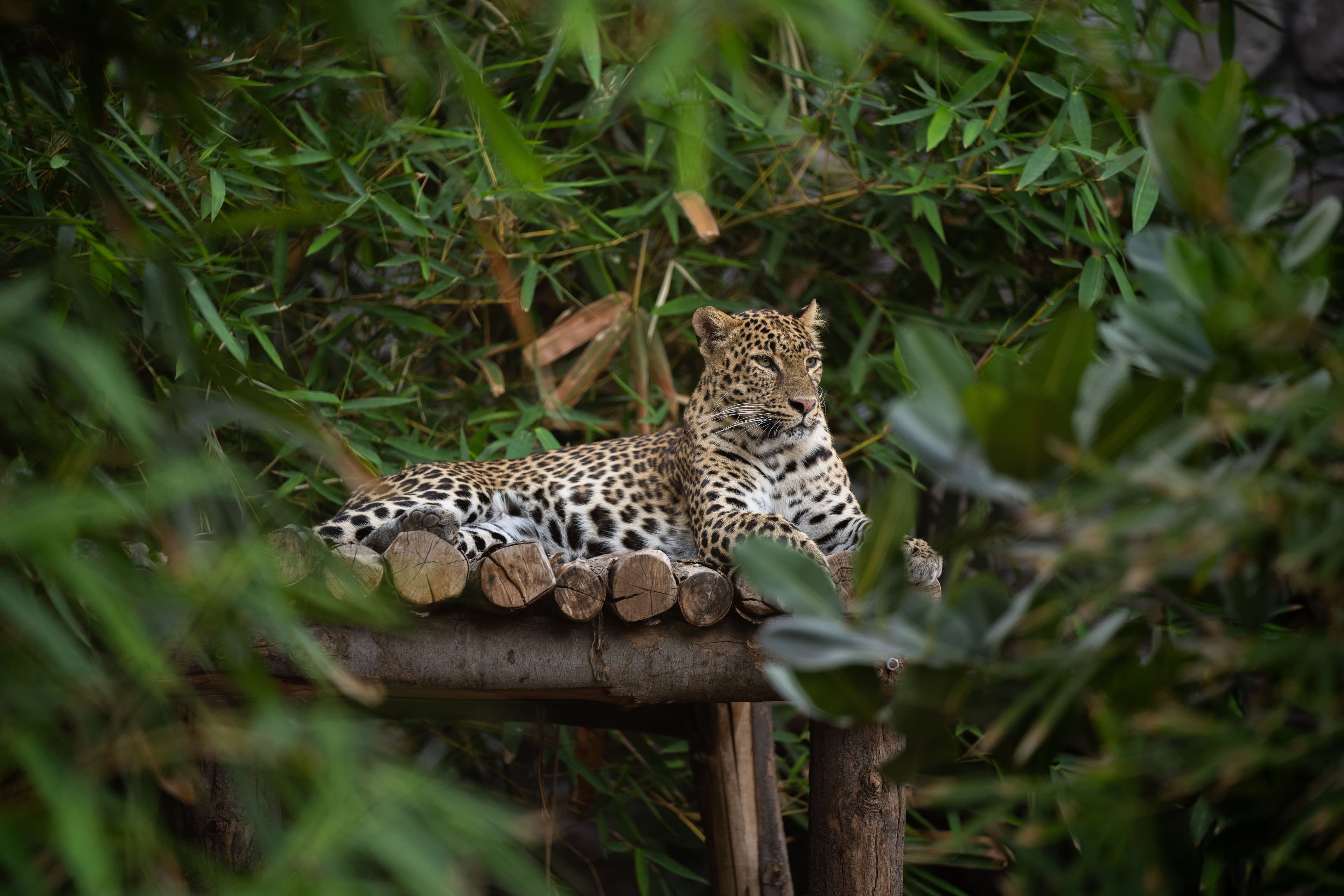
Get in Touch.

Notify us about any wild animal in need. Your call could save a life.
Contact Us
